Premium Only Content
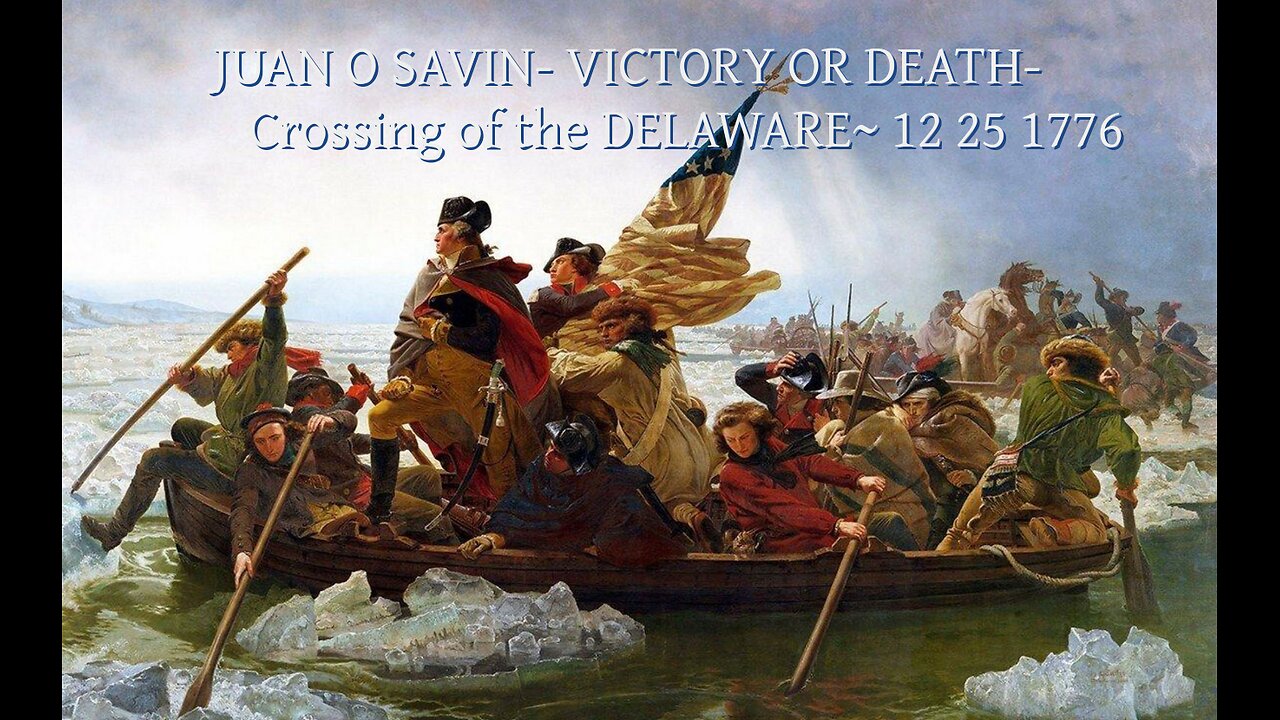
JUAN O SAVIN- VICTORY OR DEATH- Crossing the DELAWARE 12 25 1776
This is the famous PRESENTATION From TWO YEARS AGO that Juan with the Flyover Conservatives recorded while driving. It was the middle of the night, Christmas 1776, when General George Washington crossed the river to attack the Hessians (hired German mercenaries) at the Battle of Trenton. By the morning of Dec 26, Washington had an army of 2400 soldiers, 200 horses and 18 pieces of artillery on the New Jersey side of the Delaware. The army then marched nine miles and defeated the better rested Hessian soldiers camped out in Trenton. Historians say Washington’s success marked a significant victory for the Continental army and a renewed confidence in the Revolution. A very risky and dangerous plan to give a win to the Patriot Army, during the First Revolutionary War that was GUIDED by GOD from a PRAYER and VISION of Angels by General Washington Himself. This great moment in the HISTORY of our COUNTRY, Juan describes as a turning point to the WAR that certainly can be applied to where we are now in the SECOND Revolutionary War. Juan tells us the "password" for the PATRIOTS was "Victory or Death". With Pictures and Reenactments from The Winter Patriots: A Revolutionary War Tale (Full Movie) Fundraising Program by George Washington's Mount Vernon.
Watch as Washington crosses the river once more and fights the British and Hessians on the Assunpink Creek and at the Battle of Princeton.
If nothing else, all the elements for potential disaster were with Washington and his men as they crossed the Delaware River from the icy Pennsylvania shoreline to the equally frozen banks of New Jersey, followed by an eight-mile march to the objective – the town of Trenton.
The river – swollen and swift moving – was full of wide, thick sheets of solid ice. And unlike the romanticized portrayal of the operation in the famous painting by Emanuel Leutze (the one with Washington standing in his dramatic, martial pose; his determined face turned toward the far side of the river), the actual crossing was made in the dead of night, in a gale-like wind and a blinding sleet and snowstorm. Odds are, Washington would have been hunkered down in one of the 66-ft-long DURHAM wooden boats, draped in his cloak, stoically enduring the bitter cold with his soldiers, some of whom were rowing or poling the boats against the ice and the current.
WASHINGTON’S STRATEGIC CONCERNS
The decision for the crossing and the subsequent raid on Trenton was based on Washington’s belief that he had to do something. Otherwise – as he penned in a private letter – “the game will be pretty near up.”
To the easily disheartened and the cut-and-runners, it might have seemed “the game” was indeed already “up.” After all, many of Washington’s Continental Army were wounded, sick, and demoralized. Recent losses to the British had been severe. Desertion numbers were rising, and enlistment terms were almost up. Reinforcements were poorly trained and ill-equipped. Ammunition was in short supply. The soldiers were not properly outfitted for extreme winter conditions: Clothing was spare. Many men were in rags, some “naked,” according to Washington’s own account. Most had broken shoes or no shoes at all.
THE PLAN
The mission itself, though a huge gamble, was tactically simple.
Washington, personally leading a force of just under 2,500 men, would cross the river undetected, march toward Trenton, and attack the enemy garrisoned in the town at dawn.
Two of Washington’s other commanders, Generals John Cadwalader and James Ewing, were also directed to cross: Cadwalader’s force was to cross and attack a second garrison near Bordentown. Ewing’s force was to cross and block the enemy’s escape at Trenton. Both commanders, discouraged by the weather and the river, aborted their own operations. But according to Maurice Matloff’s American Military History (the U.S. Army’s official history), “Driven by Washington’s indomitable will, the main force did cross as planned.”
Speed of movement, surprise, maneuver, violence of action, and the plan’s simplicity were all key. And fortunately, the elements all came together.
The factors in Washington’s favor were clear: The weather was so bad that no one believed the Continentals would attempt a river crossing followed by a forced march, much less at night. The Continentals were numerically – and perceived to be qualitatively – inferior to the British Army. The Hessians, mercenaries allied to the British and who were garrisoned in Trenton, had a battlefield reputation that far exceeded their actual combat prowess. And no one believed the weary Americans would want to attempt anything with anyone on Christmas.
THE CROSSING
Hours before kickoff, Washington had his officers read to the men excerpts of Thomas Paine’s The American Crisis, a portion of which reads:
“These are the times that try men’s souls. The summer soldier and the sunshine patriot will, in this crisis, shrink from the service of their country; but he that stands it now, deserves the love and thanks of man and woman. Tyranny, like hell, is not easily conquered; yet we have this consolation with us, that the harder the conflict the more glorious the triumph.”
By 4:00 p.m. the force was gathered at McKonkey’s Ferry, the launching point for the mission. The watchword, “Victory or death,” was given. When darkness set in, the men climbed into the boats and began easing out into the black river.
Back and forth throughout the night and into the wee hours of the 26th, the boat crews ferried the little army, a few horses, and 18 cannon across the Delaware. The crossing was complete by 4 a.m., but two hours behind schedule, and the temperatures were plummeting. At least two men, exhausted and falling asleep in the snow, froze to death.
-
 17:07
17:07
JUAN O SAVIN PRESENTATIONS
3 days agoJUAN O SAVIN- Staking out the High Ground -NINO 8 12 2025
25.3K39 -
 14:56
14:56
Scammer Payback
23 hours agoRaided Scam Call Center Returns (Video Proof)
76.6K26 -
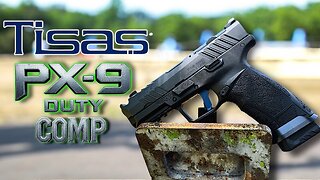 15:24
15:24
BlackDiamondGunsandGear
1 month agoNEW Best Budget Duty pistol? / Tisas PX-9 Duty Comp
9.22K4 -
 LIVE
LIVE
Boxin
3 hours agoGrounded! part 2
82 watching -
 25:38
25:38
TheRoyaltyAutoService
15 hours ago $3.25 earnedThis 2020 Nissan Murano Was In The Shop For Months & Gave Him Nightmares…
15.4K2 -
 9:57
9:57
Red Pill MMA
21 hours agoIrish Media Corruption & Lies EXPOSED
9.05K14 -
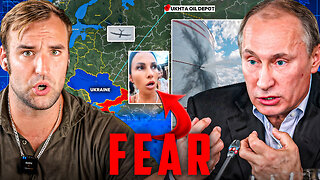 31:05
31:05
ArturRehi
1 day agoKarma Arrives in Russia - Explosions, Fear and Panic | Ukraine Update
13.6K32 -
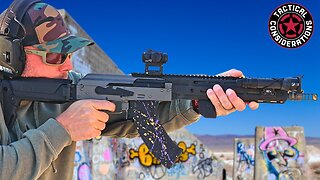 12:57
12:57
Tactical Considerations
18 hours ago $0.84 earnedThe ONLY AK I Ever Wanted.. A Modern AK
9.47K -
 6:58
6:58
The Shannon Joy Show
15 hours ago🔥Teen Girl Just Changed NY Law🔥
17K3 -
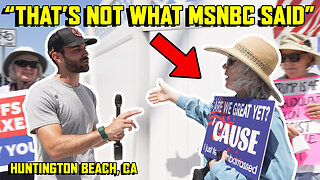 32:40
32:40
James Klüg
1 day agoAnti-Trump Protesters Get FACT CHECKED In Real Time
21.5K29